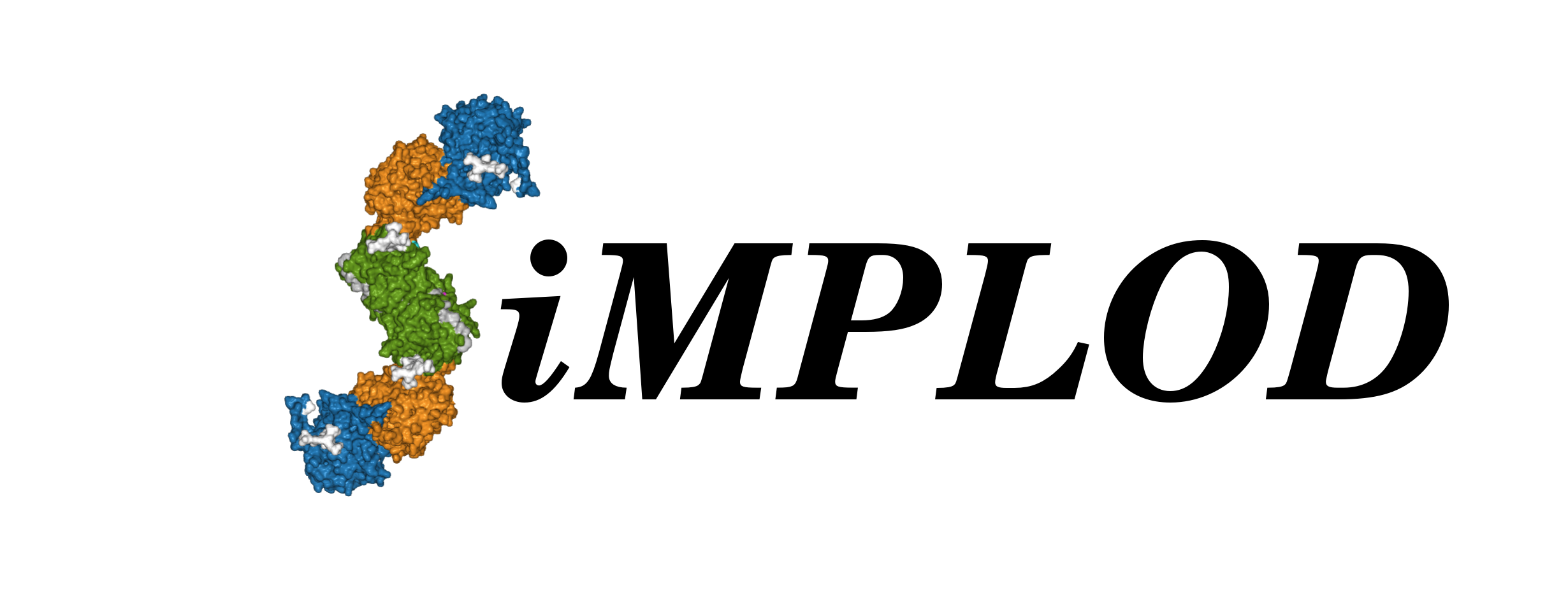 About
Contact
References
Structures
Adv. Search
Stats
Demo
About
Contact
References
Structures
Adv. Search
Stats
Demo
| LH3 LEU136VAL | ||
| SiMPLOD ID |
SiMPLOD3-263 | |
| Isoenzyme |
Lysyl Hydroxylase 3 (human) - UniProt - Full Info | |
| Mutation type |
Mutation for Biochemical Studies (not necessarily related to observed polymorphisms) | |
| Evidence at protein level |
This variant EXISTS at the protein level: published experimental data support its existence as protein product. | |
| LH Activity |
No experimental data available | |
| GT/GGT Activity |
+++ | References |
Wang et al., 2002 - DOI - PubMed | Notes from publications |
Wang et al. adopted site-directed mutagenesis approach to identify key residue in PLOD activity. In C. elegans PLOD3 homolog, the mutation Leu124Val (C. elegans sequence - PLOD3 136) reduced the glycosyltranferase activity dramatically. The corresponding mutations in the human protein resulted in increased glycosyltranferase activity. |
| Last Update |
2021-06-23 08:38:51 | |
|
The three-dimensional visualization is currently based on the homology model of full-length, dimeric human LH3 (generated using the crystal structure of full-length human LH3 as template). You may select a different PDB model file to visualize the mutation(s) using the drop-down menu below (page will refresh): |
||
Thank you for using SiMPLOD - Created by Fornerislab@UniPV Follow @Fornerislab - Last curated update: 1970-01-01 00:00:00
We truly hate messages and disclaimers about cookies and tracking of personal info. But don't worry, we don't use any.